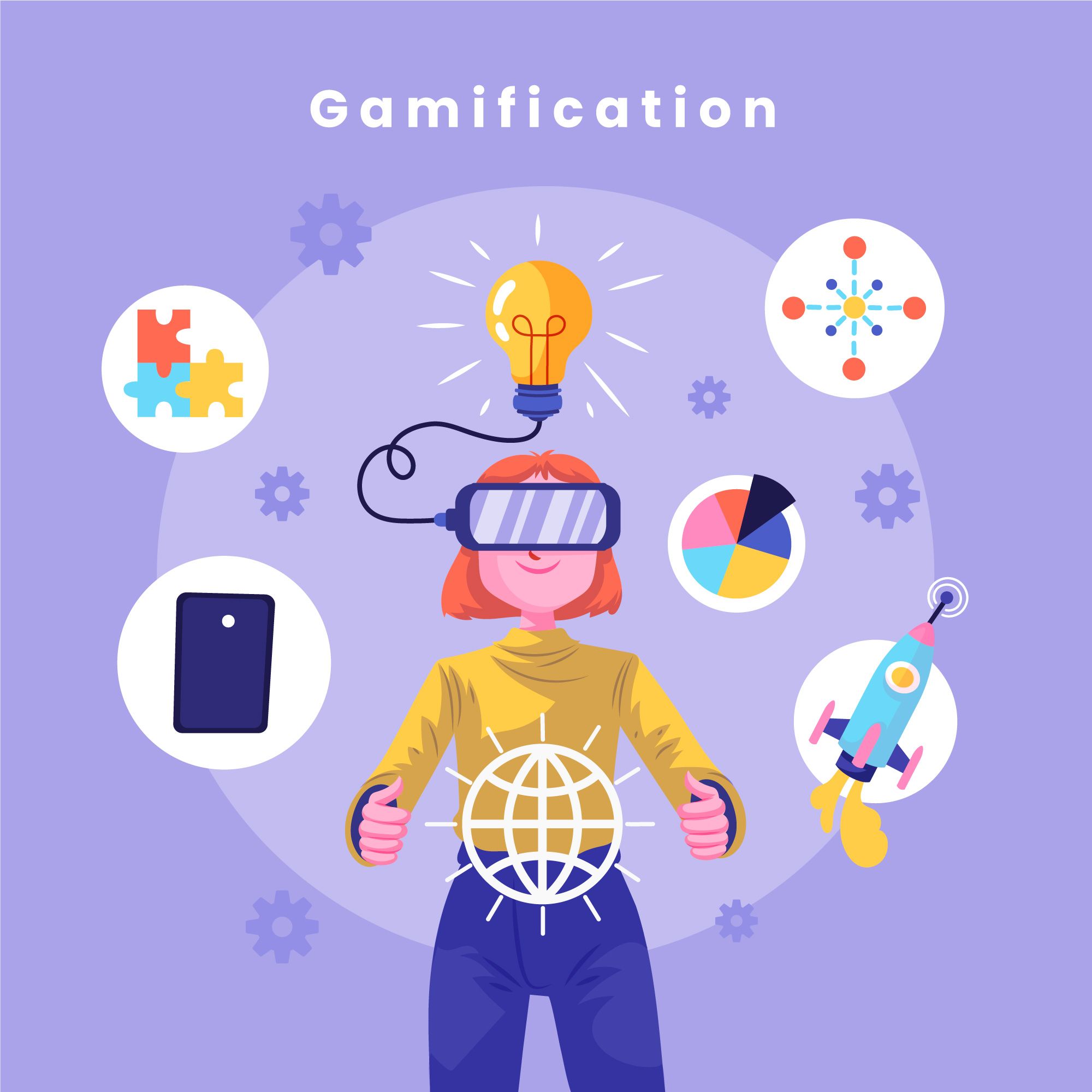Debunking The Top 6 Gamification Myths

From Gamification, The Secret Sauce For Powering Up Talent, we understood that gamification is the use of digital gaming mechanics in a non-game context. For example, a learning professional might use storylines to draw the attention of the learners to a subject or a human resources professional might use points, badges, and leaderboards (PBLs) to encourage employees who demonstrate the right values at the workplace.
This might interest you: Gamification: The Future Of Talent Profiling
Over the last few years, gamification has been put to great use for enhancing learning outcomes. Gamification has the potential to elevate the experience of the learner through heightened engagement, goal clarity, tighter feedback loops, better concept recall and real-life application. Despite the numerous benefits and well-established success stories, however, there is still confusion around the concept of gamification.
Here, we will obliterate the top 6 gamification myths.
Myth #1: Gamification and games are the same things
There is a well-entrenched myth that gamification and games are the same things. Let’s get this out of the way first. Gamification and games are not the same things. Games are produced to primarily engage and entertain the audience. Learning may or may not be the end outcome.
When learning is, in fact, the end outcome of game play, the methodology is called game-based learning. For example, Farmville can be used to teach learners the concept of agriculture-based commerce, or Angry Birds can be used to teach the concept of social justice (are the birds justified in killing the pigs in revenge?).
See also: Infographic: The Art And Science Of Game-Based Learning
In gamified learning, however, game elements such as points, storylines, and badges are used to create a compelling learning experience while keeping learning as the central theme.
Myth #2: Gamification cannot be used to teach anything serious
Many people look down at the idea of using gamification in learning because it is perceived to somehow trivialise a serious pursuit. But here is the thing: Gamification, today, is used not only in learning serious topics such as software coding, leadership, and ethics but also in science, research and innovation.
Myth #3: Gamification is embraced only by millennials
At the core of it, gamification principles operate at the level of human motivation. These principles work well not just on millennials but also on people from different (older) generations.
As proven by many research studies, we, as humans, have similar motivational drives for identity, status, and power, cutting across generations. It is these basic motivational needs that gamification taps into to shape desirable behaviours.
Myth #4: Gamification is all about PBLs
Many people erroneously believe that if you award points for watching a boring learning video, add some badges for completing an e-learning module, and provide a competitive leaderboard for assignments, the boring course will magically become engaging for the learner. While PBLs are among the most commonly used (and abused!) game elements, they are not the be-all and end-all of gamification.
Most gamers say that what makes a game experience fun is not just PBLs but the element of strategy, social connection and the need to challenge oneself. PBLs are just the icing on the cake. Good gamification design will, therefore, consider a careful mix of extrinsic (where you are engaged because of a reward) and intrinsic motivation (where you are engaged because the activity itself is the reward).
Myth #5: Gamification is all about competitions
Gamification gets used in many scenarios to drive competition amongst learners, to outdo each other in a quest. There is consequently a myth about gamification that it can be used only for competitions and it generally pits colleagues against each other.
The truth is, gamification need not be about competitions at all. Gamification can also be used to build collaboration among individuals through collective quests. Many companies use gamification principles to build a shared understanding of their mission and values.
Myth #6: Gamification alone can fix any engagement issue
No matter how many game elements we add to the mix, if the intrinsic value is not realised by the learner, engagement simply doesn’t happen. Going beyond the experience of gamification, the evidence of progress through analytics can make it compelling for the learner.
It may be easy to dismiss gamification as a fad that doesn’t work for all. Applying that logic, neither does classroom training and e-learning. There are numerous benefits that one can enjoy if gamification principles are applied wisely, suited to the needs of the situation.
Rajiv is CEO and founder of KNOLSKAPE, an award-winning gamified learning company, and a partner with Leaderonomics on experiential and game-based learning programmes. To engage with Leaderonomics on business simulation and gamification platform for building business acumen in your organisation’s high potentials, contact us at training@leaderonomics.com.
Reposted with permission on Leaderonomics.com
Functional
This article is published by the editors of Leaderonomics.com with the consent of the guest author.





